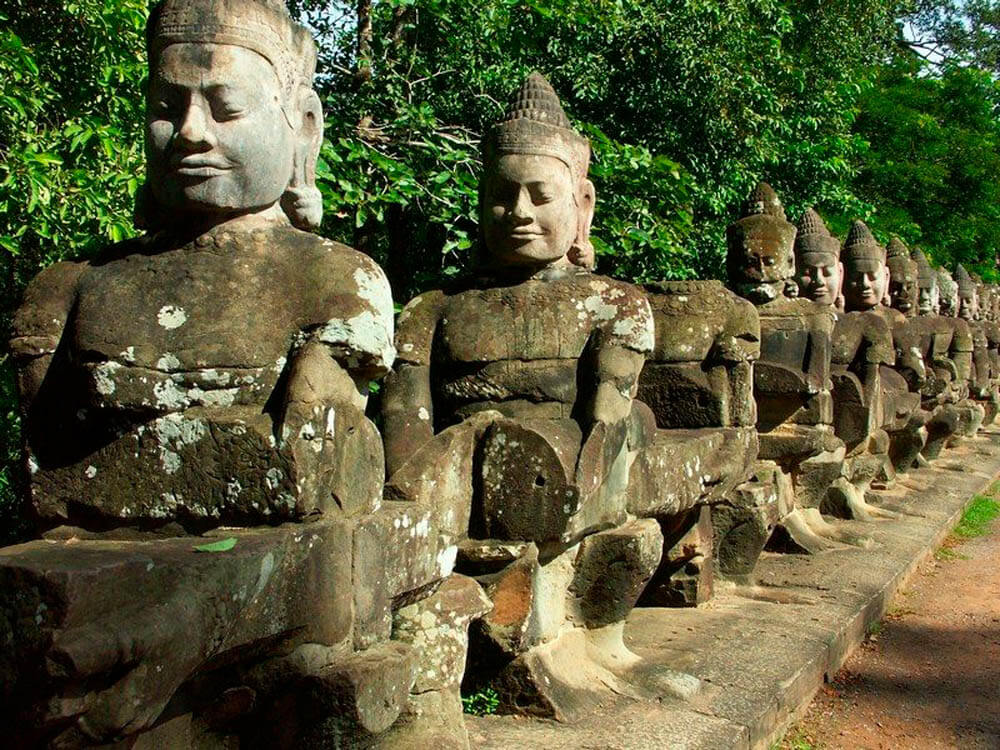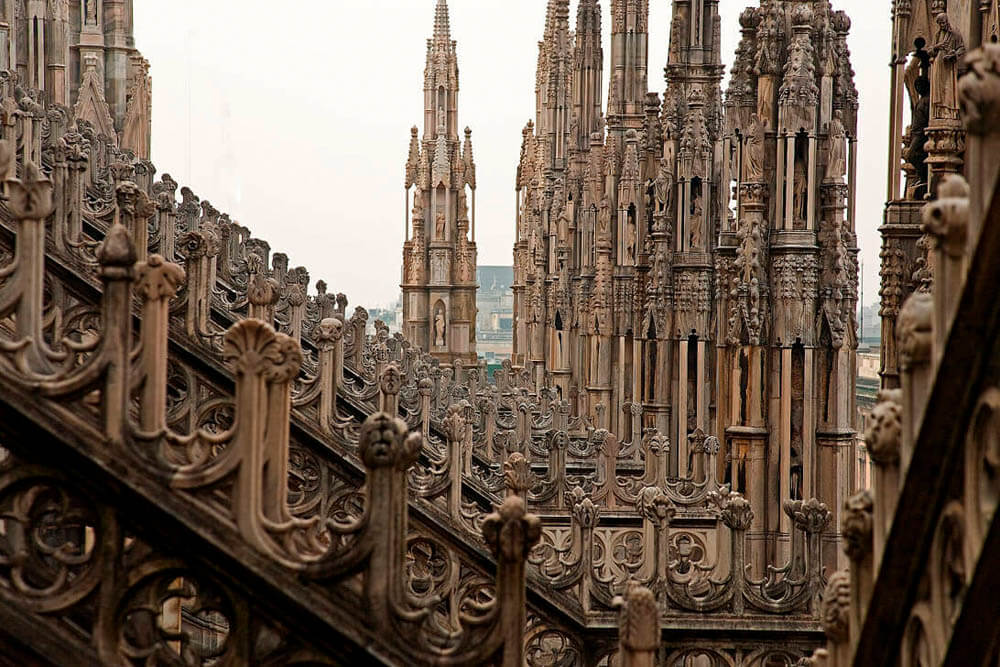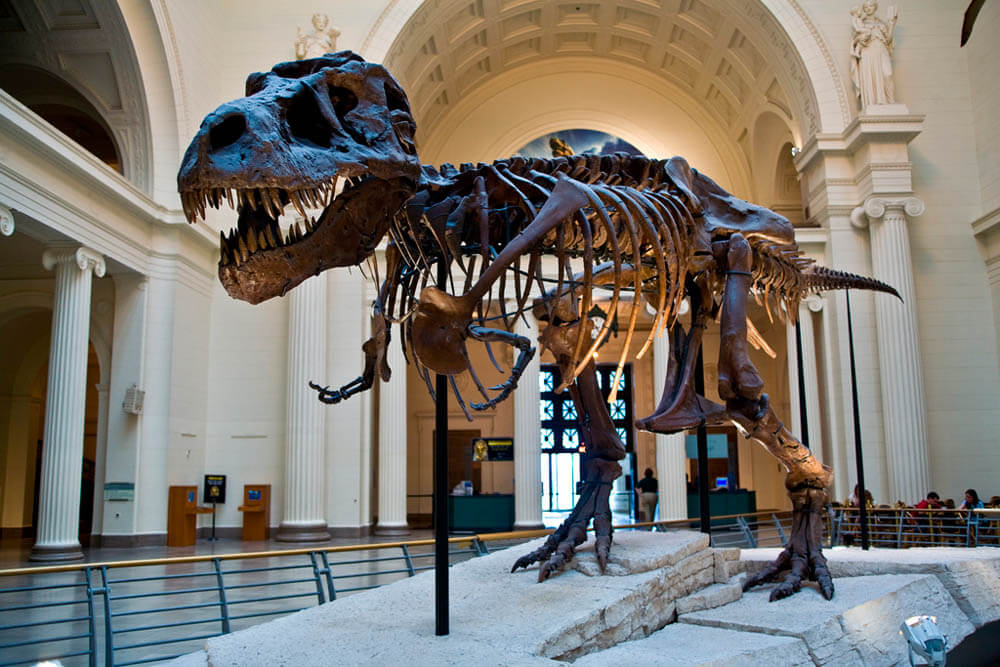Almost all Indian art has always been religious, and almost all forms of artistic tradition have been very conservative. The Hindu temple developed over two thousand years, and its architectural evolution passed within the limits of strict models under exclusively religious considerations. Therefore, the architect had to observe the basic proportions and use rigid forms that remained unchanged for many centuries.
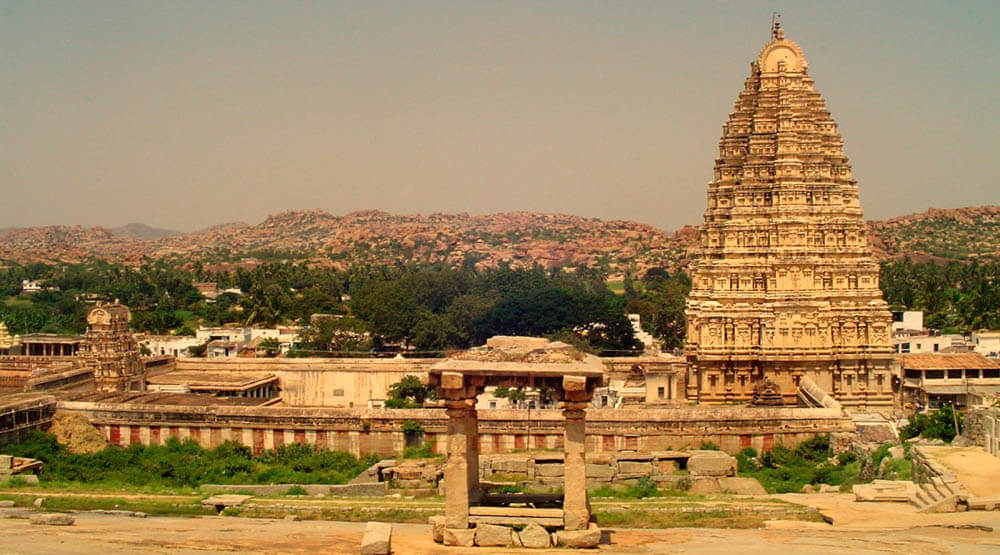
Even special architectural elements and decorative details, which arose long before in early wooden and straw buildings, have for centuries remained in one form or another throughout the era of stone construction, although the original purpose and context were lost. A good example is a window in the shape of a horseshoe. Its origins lie in the doorway of the chaitya, first seen in the third century BC. in the Lomas Rishi Cave at Barabar Hills.
Later it was transformed into a dormer window, known as Gavaksh, and eventually became an element of the purely decorative form used on the towers of medieval temples. Thus, in its essence, Indian architecture is extremely conservative. Similarly, the simplicity of construction methods and bevel-edge crossbars were preferable not because of the lack of knowledge or skills, but because of religious necessity and tradition.
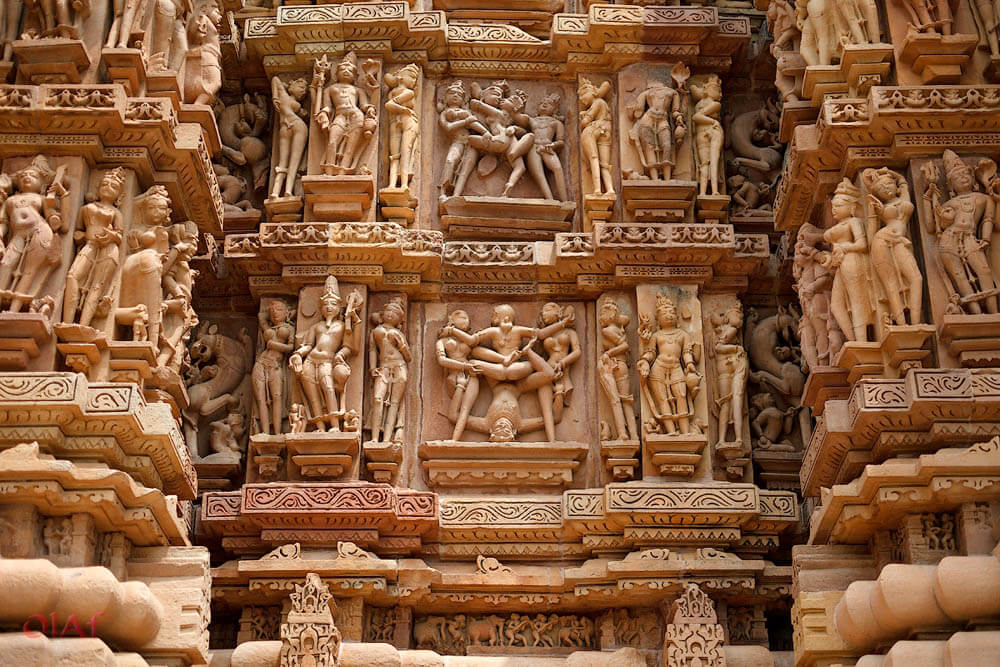
On the other hand, the architect and sculptor were given freedom in choosing the methods and types of decorations of the object, and, thus, overwhelming wealth of architectural elements, sculptural forms, and decorative abundance characteristic of Indian temple architecture appeared.
It’s not surprising that wide geographical, climatic, cultural, racial, historical, and linguistic differences between the northern plains and the southern peninsula of India have led to different architectural styles. The Shastras, ancient texts on architecture, divide temples into three different types: Nagara, or northern style; Dravida, or southern style; Vesara, or hybrid style that can be seen on the Deccan plateau.
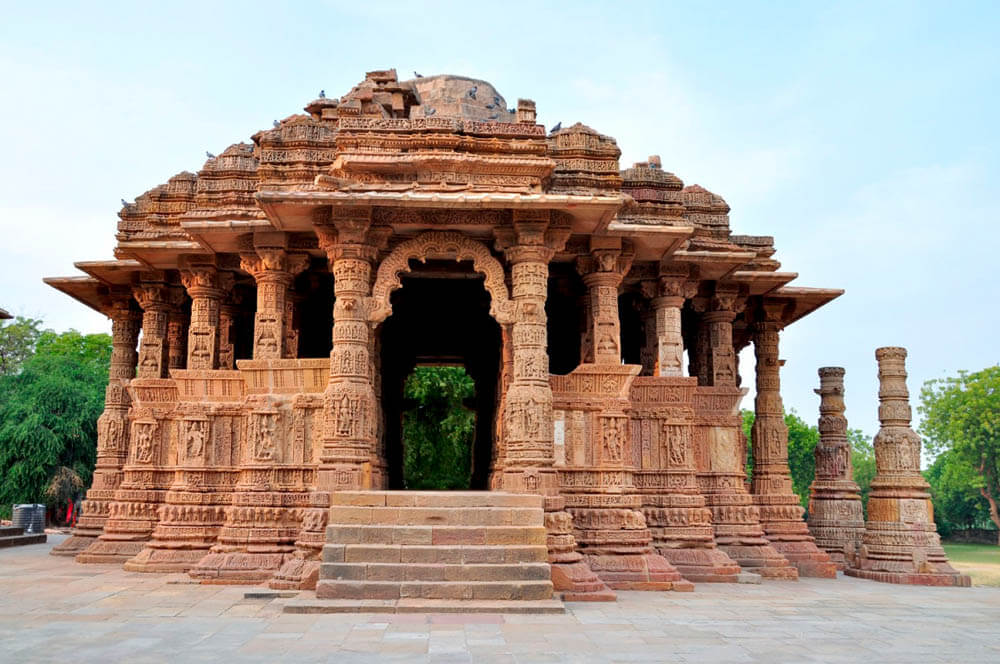
Today, Hindu temples are the centerpiece of the Indian cultural tradition and spiritual support. They have always played a central role in Indian society, being the focal points of education, art, and culture.
